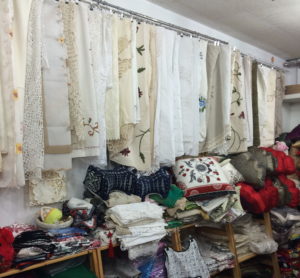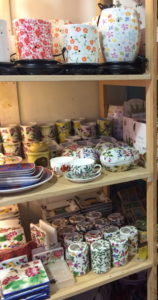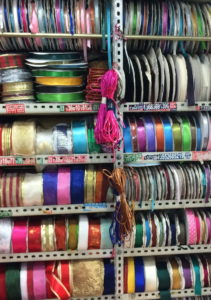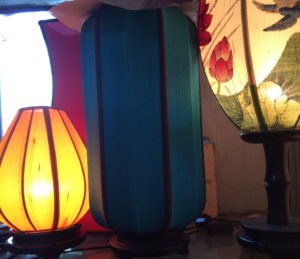Honestly, my husband and I didn’t have high hopes when we made our way to Neverland to meet Peter Pan in the flesh. We live in the southern parts of Beijing, so we honestly hate traveling with our two kids to the northern parts, where the theater, owned and operated by Linksus Broadway (北京灵思百老汇), is located. Our daughter gets easily car sick, which is never fun. We guessed the show would be kind of fun, but we knew it was going to be in Chinese, so we expected to be out of the loop for most of the time.
After exiting line 14 at将台 (jiangtai), I typed in 朝阳区蟹岛路1号 into my trusty Didi and didn’t have trouble with the driver understanding where to go. The building clearly displays the mysteries of Neverland on the outside, so we knew where to go upon approach.
![]()
Inside, we were pleasantly surprised to find that we received lockers with tickets, which meant we didn’t need to haul around our coats, backpacks, subway boredom-buster activities, masks, or anything else into the main theatre area. (The building isn’t currently equipped with air purifiers, but it will be soon.)
In the large bathrooms, there were plenty of clean medium-sized squatty toilet-types Jackie Park has explained about before (the ones with higher levers like in her hometown). Two nice janitors were on standby in case someone needed help with supplies or to clean up accidents.
We sat in the waiting area, which displayed previous audience commentary and Disney’s animated film, Peter Pan, with Chinese captioning on two large screens.
![]()
This definitely kept my children occupied, but we pounced in line as soon as we saw someone else lining up. We successfully made it as third in line. To be able to do this, I suggest arriving at least thirty minutes before the show starts, but not any earlier than that, and waiting as close to the line as inconspicuously possible.
When the play started ten members trickled in at a time, and each group went from actor to actor in the Darling’s library. We met the Darling parents who explain that their children are missing, and then lead the audience into the Darling bedroom where we see that indeed, they’re gone. There we were greeted by a fairy who took us to a museum displaying some of the finest of Neverland artifacts. Of course we all want to go, so she takes us along to a place to get sprinkled by fairy dust and enter into this magical world.
![]()
From this point, I must confess that the play was a blur of being in awe of the set and trying to understand what exactly was being said. Conversations about pirates, mermaids, and fairies typically do not come up in our normal chats in China, though we have mentioned an alligator or two.
![]()
Thankfully, the lost boys, fairies, and aborigine were all quite sweet in making us feel included as we tramped around the beautiful set. Even the pirates were welcoming.
![]()
My son and daughter, 4 and 5 respectively, did understand though, and often answered the questions in putonghua, to the surprise of everyone. Their cuteness of course won over the hearts of some, though I noticed every single member of the cast to be very inclusive of all the children.
![]()
![]()
![]()
![]()
This is perhaps the perfect play to start the interactive theater in Beijing, since really, these adults are children at heart, too.
![]()
The benefit of this theater is that a child could come to this with their parents and perhaps later on a field trip, and get a totally different experience. All throughout the play, we had choices of going with one cast member or another, breaking up into smaller groups, or rejoining with larger groups. It was incredibly impressive the way that the cast had several different scripts and could to give us something new each time we visited an area.
![]()
We received face painting from the mermaids and watched them spin in the sky on acrobatic hoops.
![]()
We got fighting lessons from the aborigine, and danced along with Peter and the lost boys (admittedly, we cannot breakdance like they can). I enjoyed watching middle-aged Chinese fathers acting along with everyone, and my husband also enjoyed playing along. The only thing I regret is that my husband and son got to be tied up by pirates and my daughter and I didn’t since we split from them later in the play. Nonetheless, we enjoyed the finale from the sidelines.
![]()
My children are still asking to see Peter Pan again, so I would emphatically recommend this to those with children who speak or partially understand Chinese. The age minimum would probably be 4, but I even saw young, hip couples on dates with each other at the theater. (My husband scoffed at the idea of this being a date, but I would personally enjoy it.)
![]()
Before, I had considered drama to really be a dying art form, but I think interactive theaters will breathe new life into the profession of thespians. I would especially recommend that English, film, and drama teachers take their students to Neverland as a capstone experience after comparing and contrasting the book or film, or as an exploration into different types of productions. This could be a wonderful bilingual experience if the content for the book or film was discussed and delivered in English, as this interactive play is totally in Chinese.
Schools can contact the company directly by adding Mr. Song on WeChat (mosstroopers), or by calling or emailing him with any inquiries (18601187907, song@jetavana.cn). Sessions can be held privately on a normal school day or on the weekends during the normal schedule.
What we can look forward to is the fact that Peter Pan won’t be the only one making an appearance through this interactive theatre. A production of The Little Prince is currently in the works.
For times and tickets for individuals, book here.
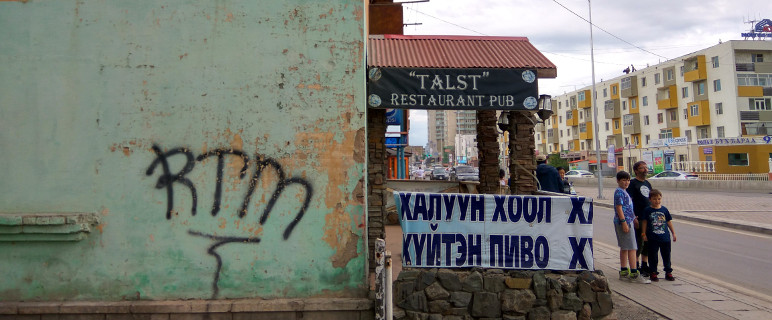
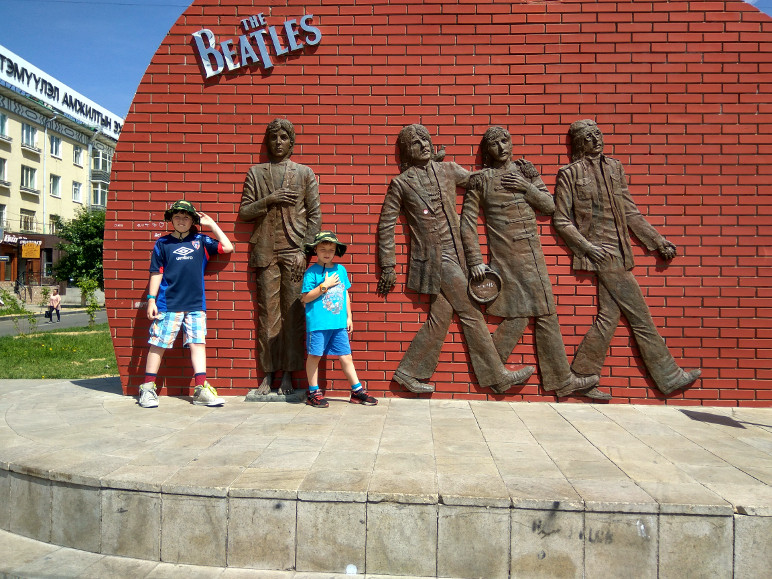

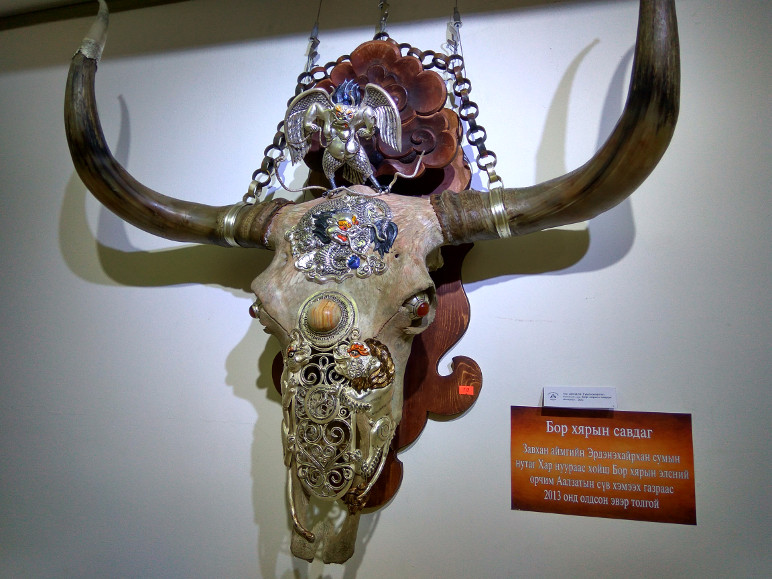
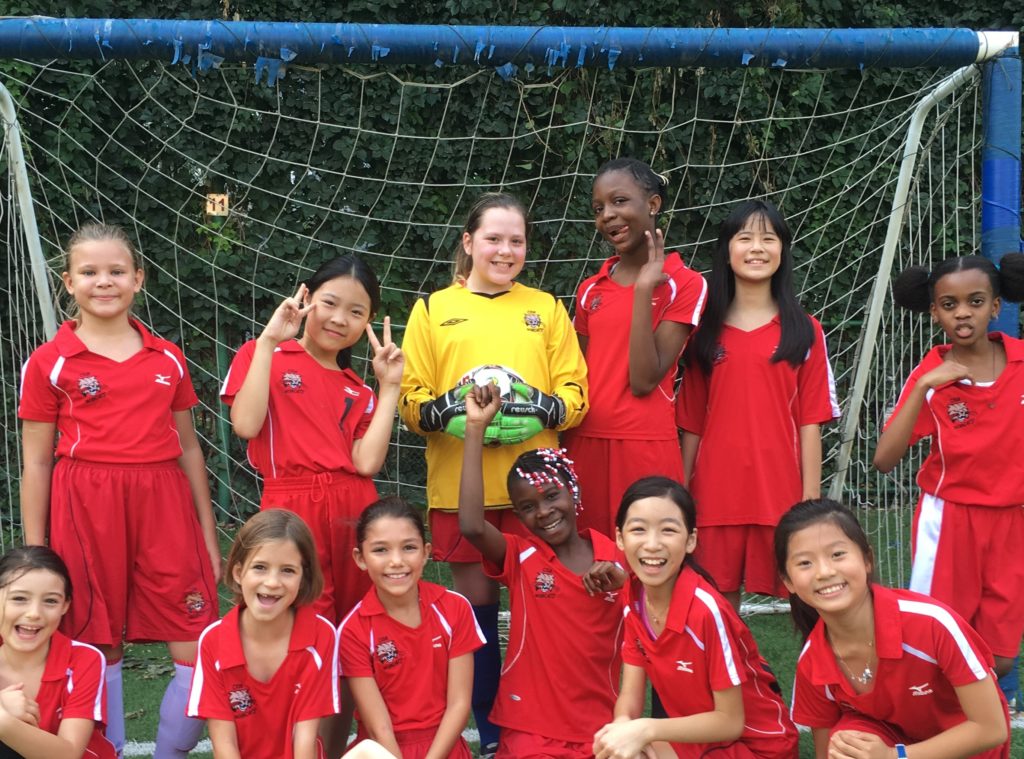

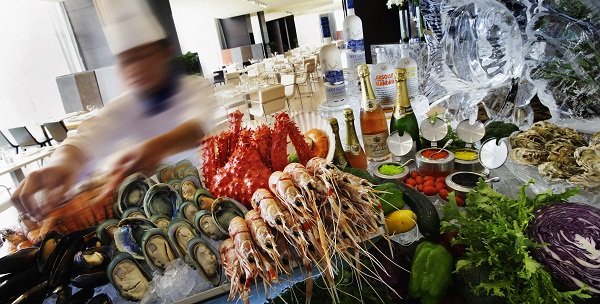
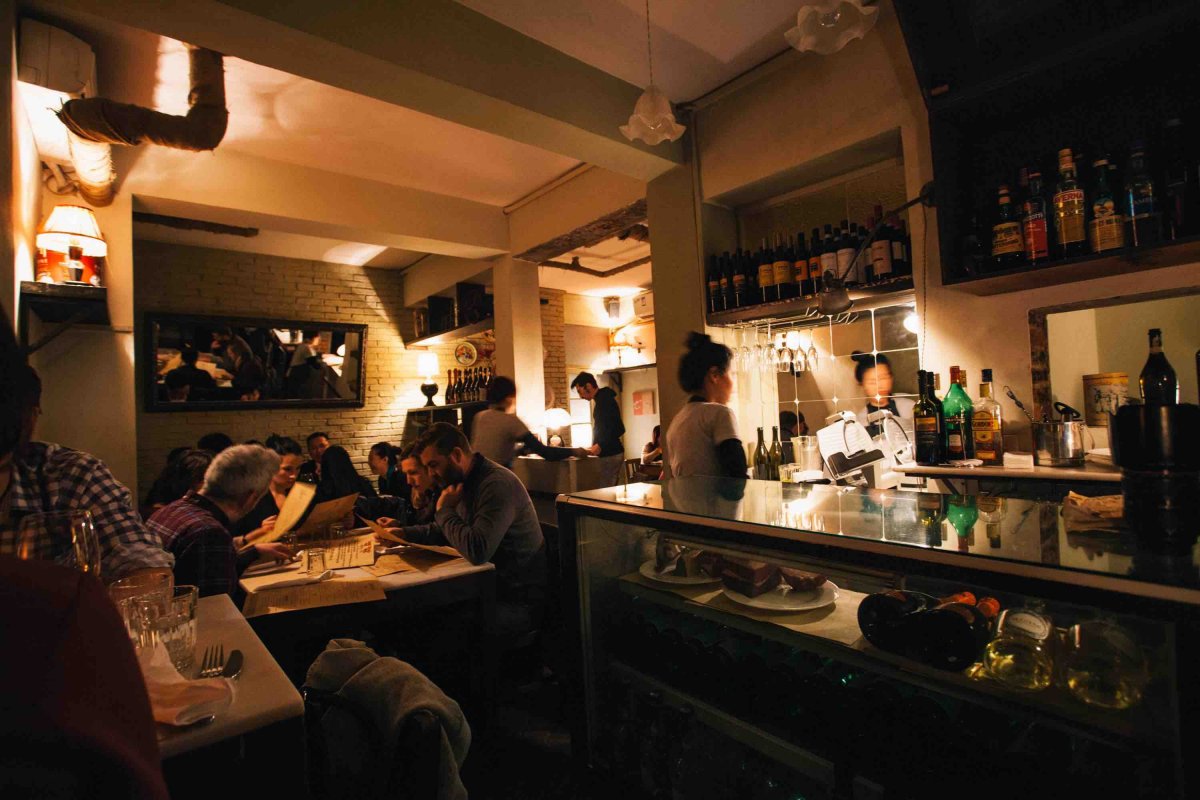
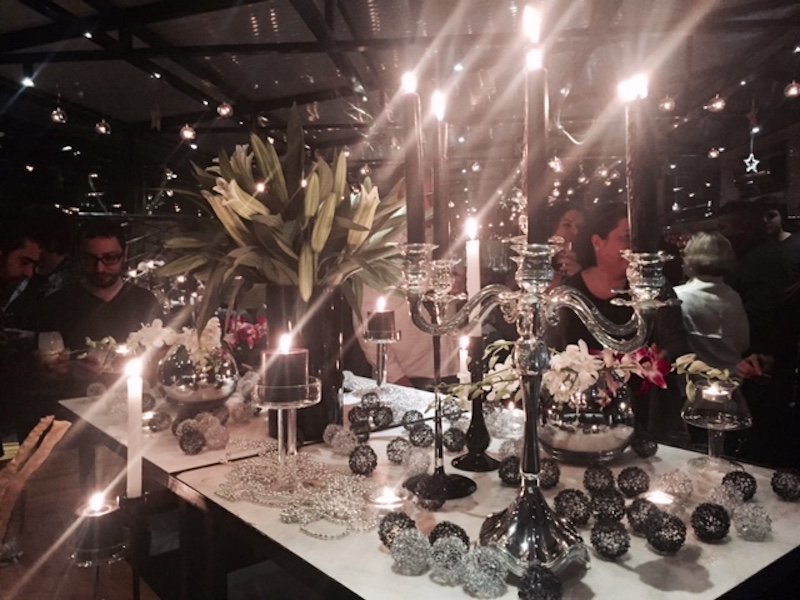
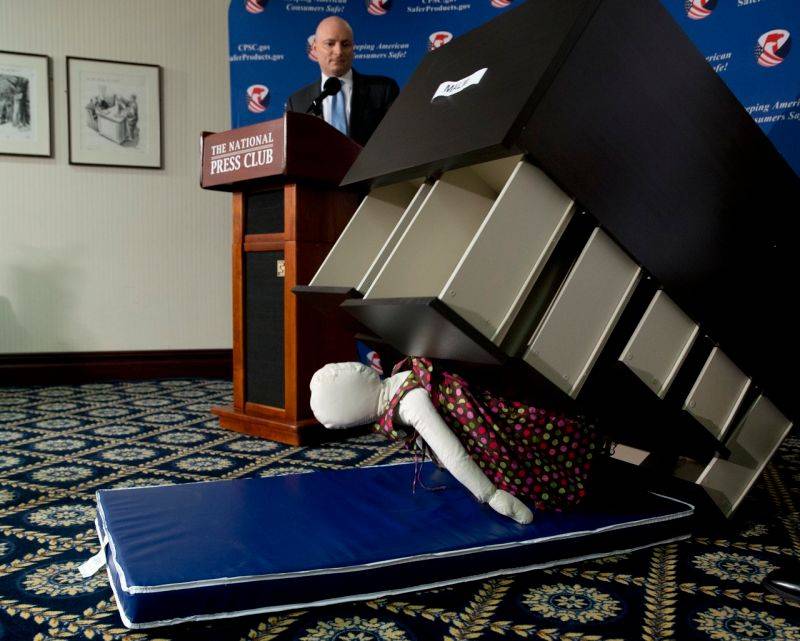
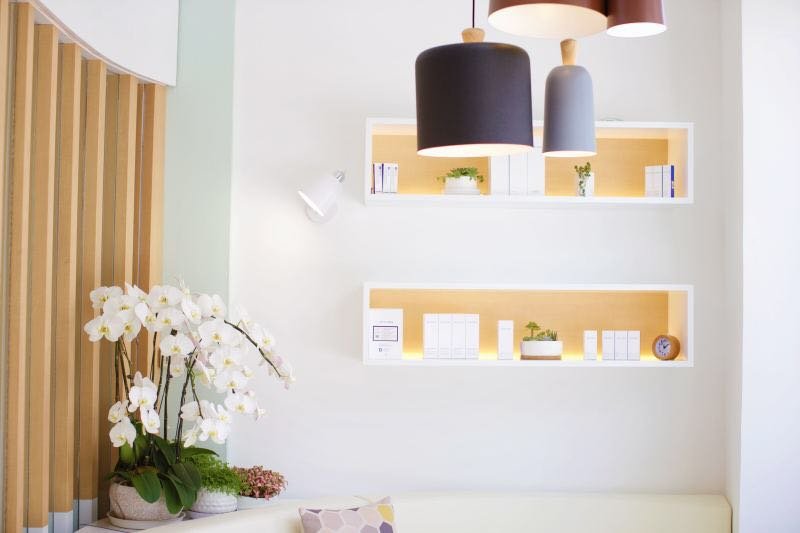
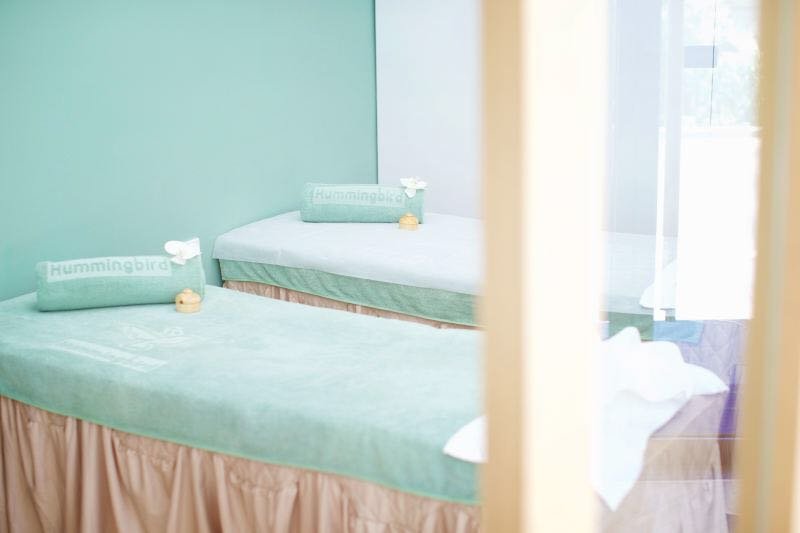

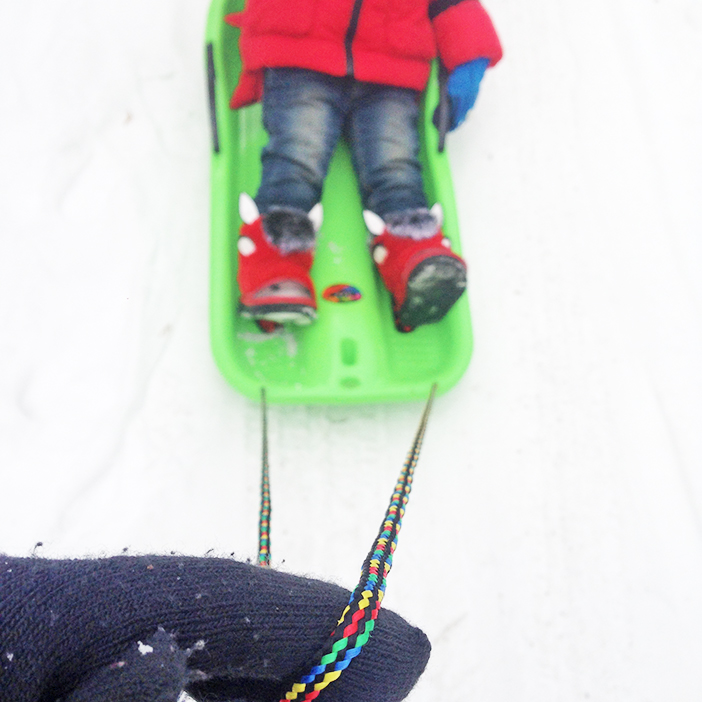
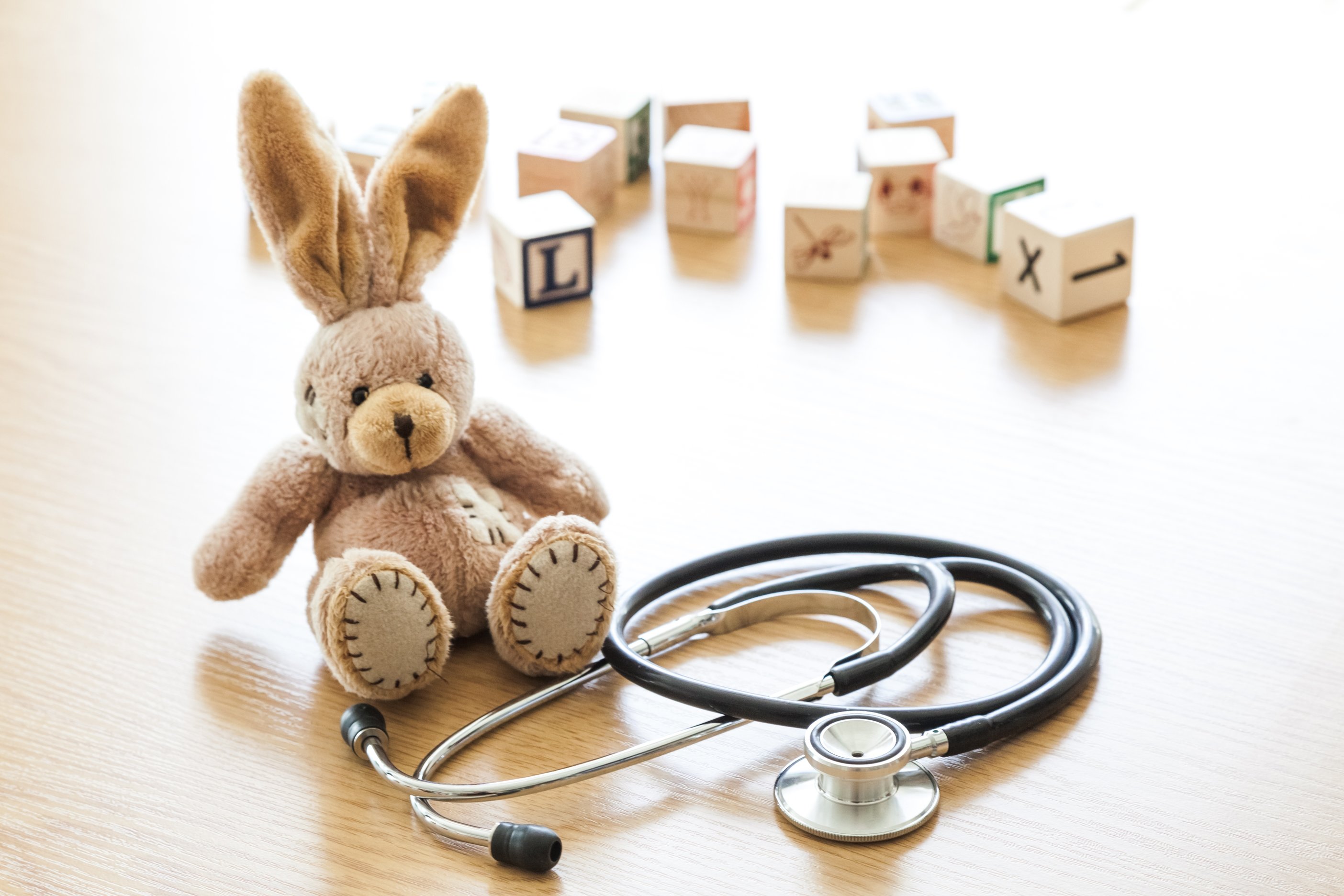
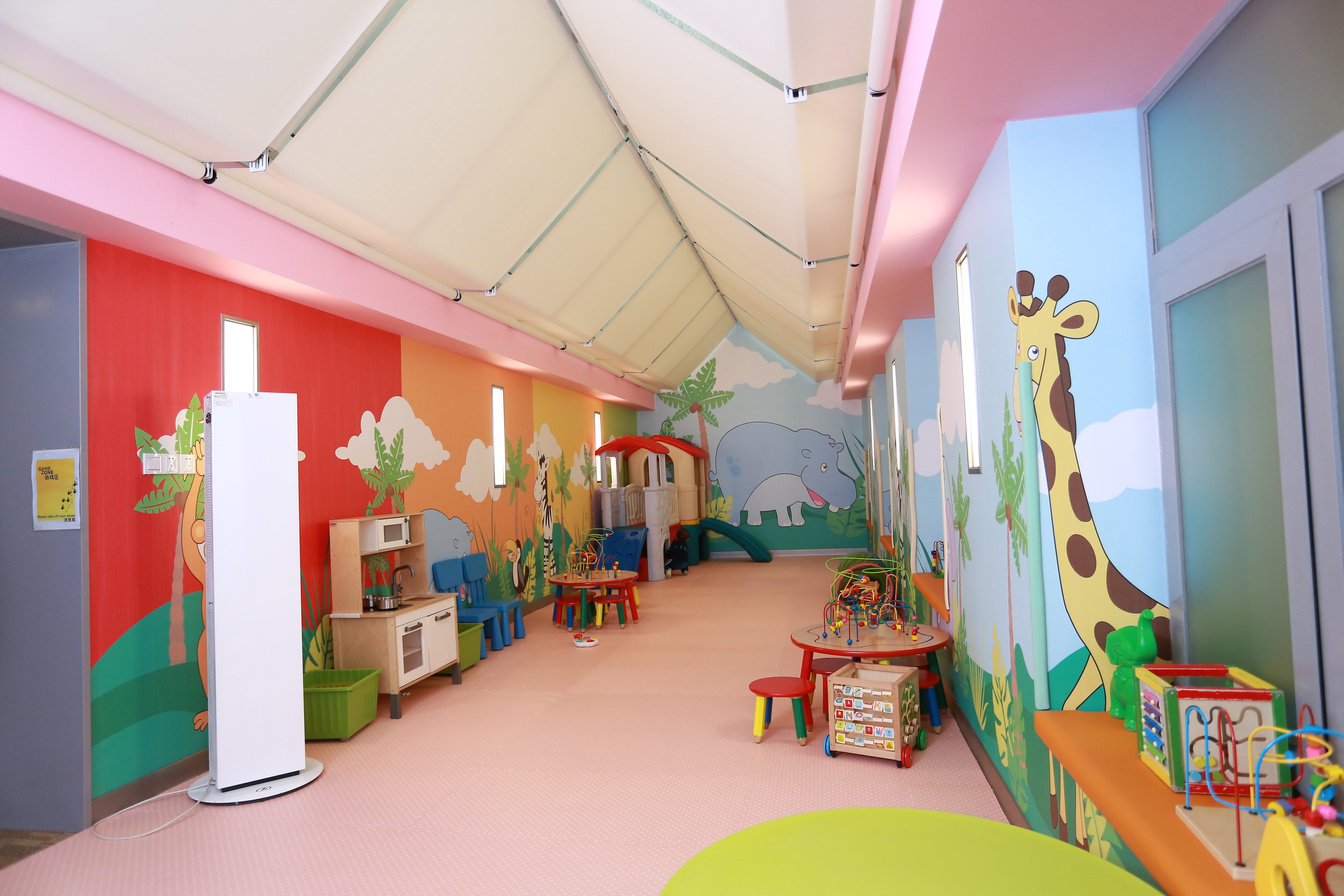
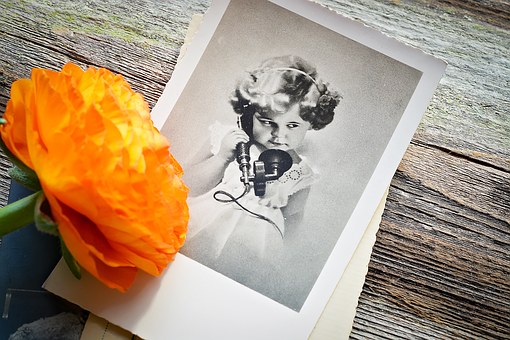



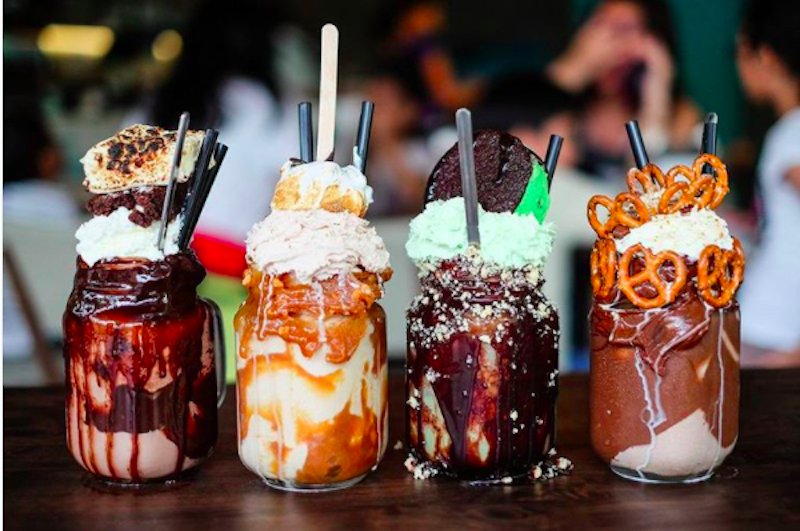
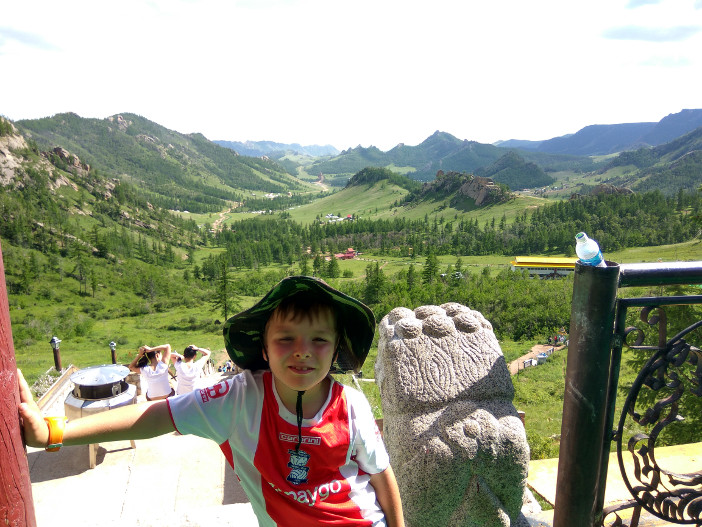

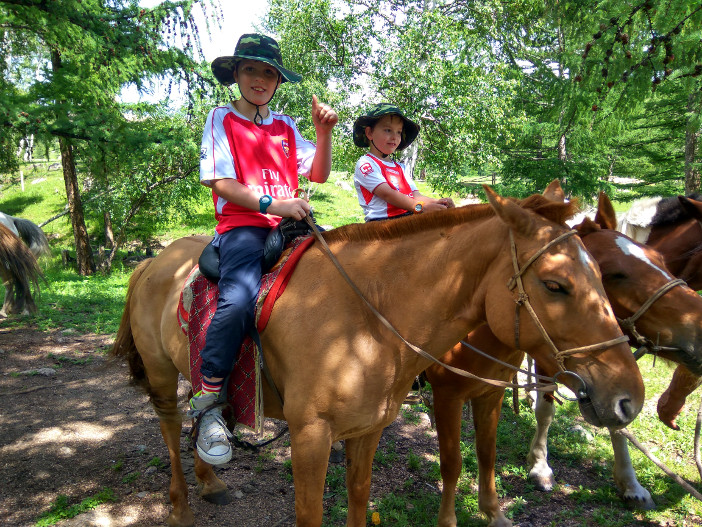
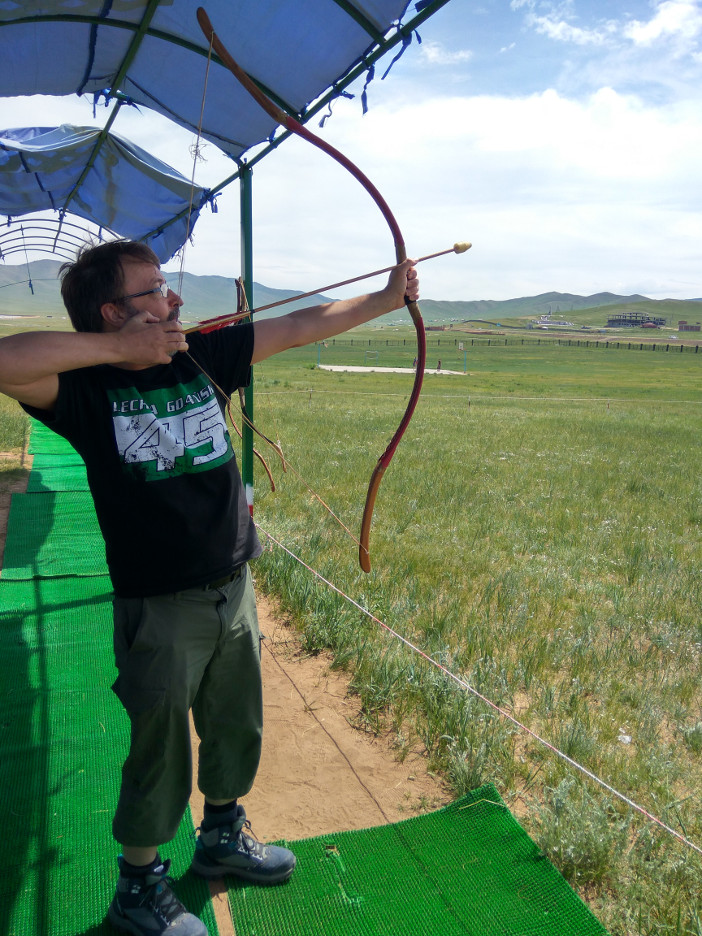
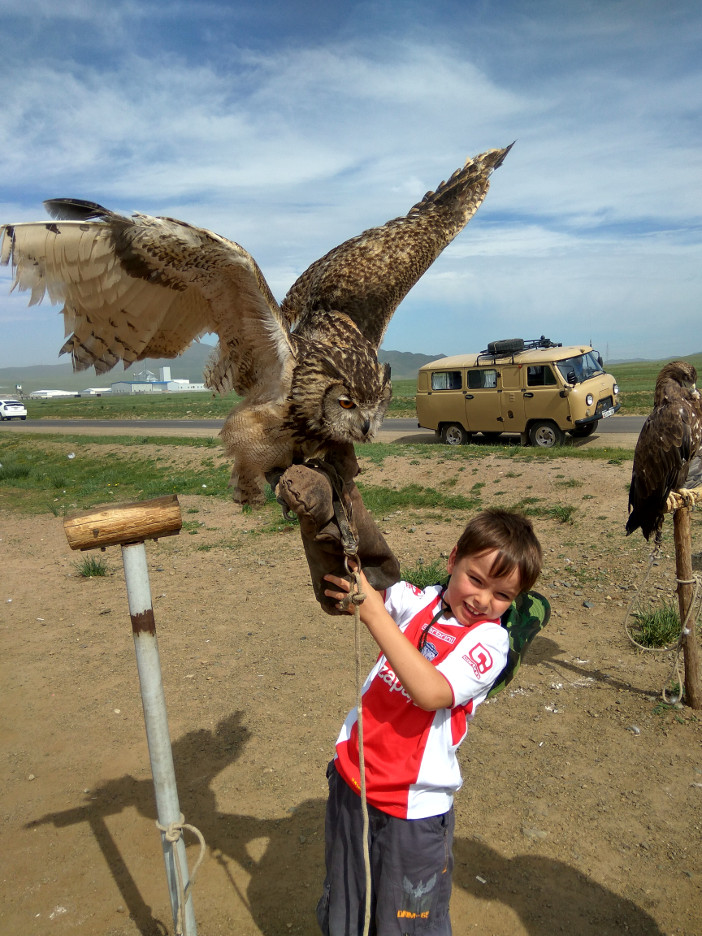


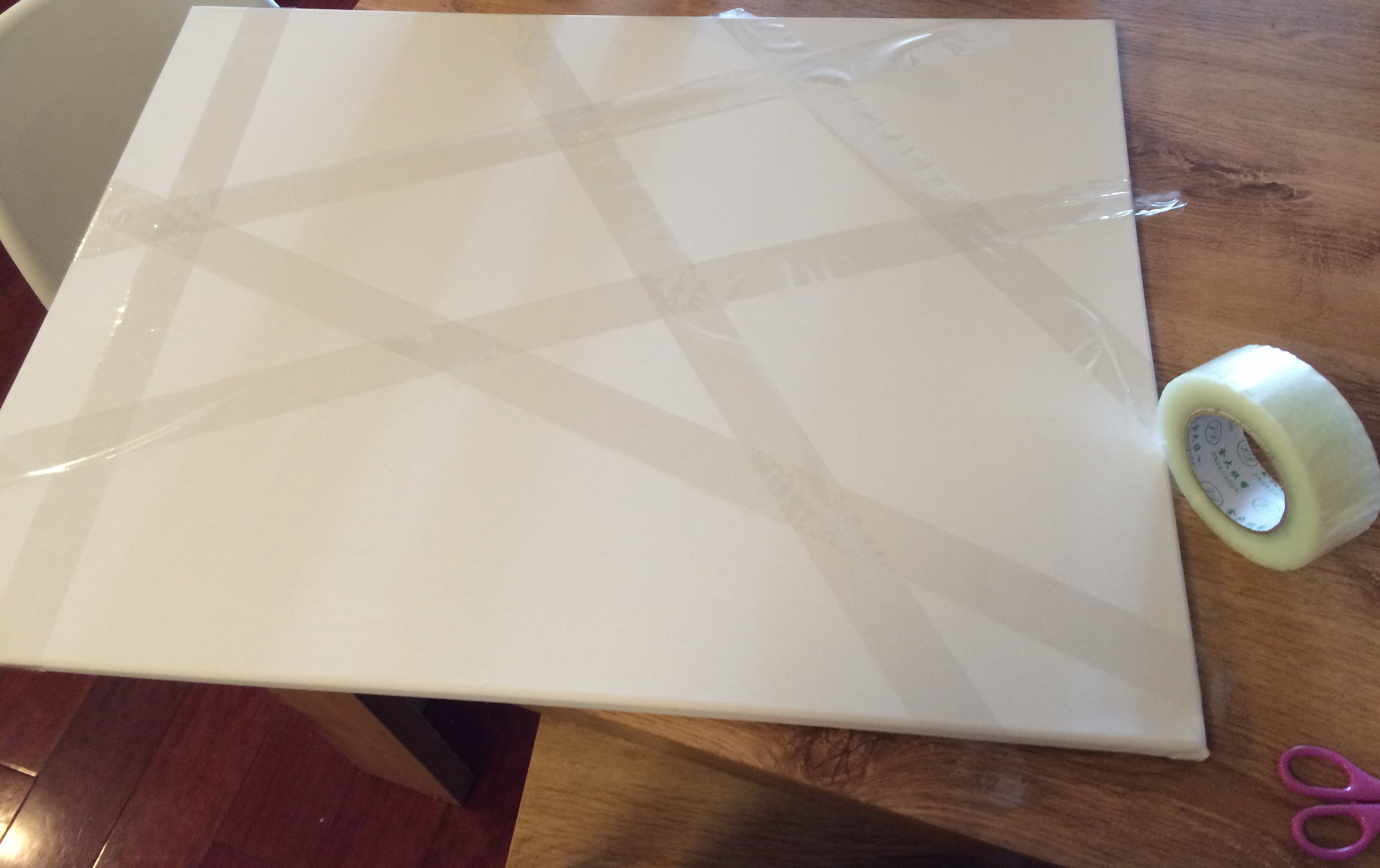
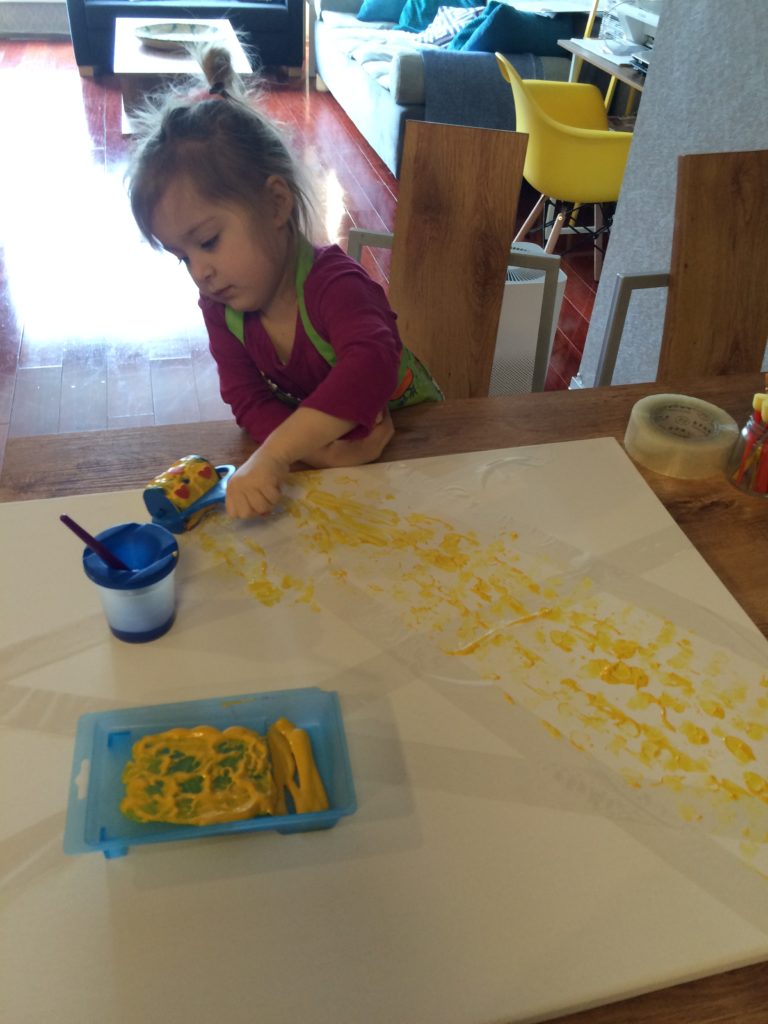
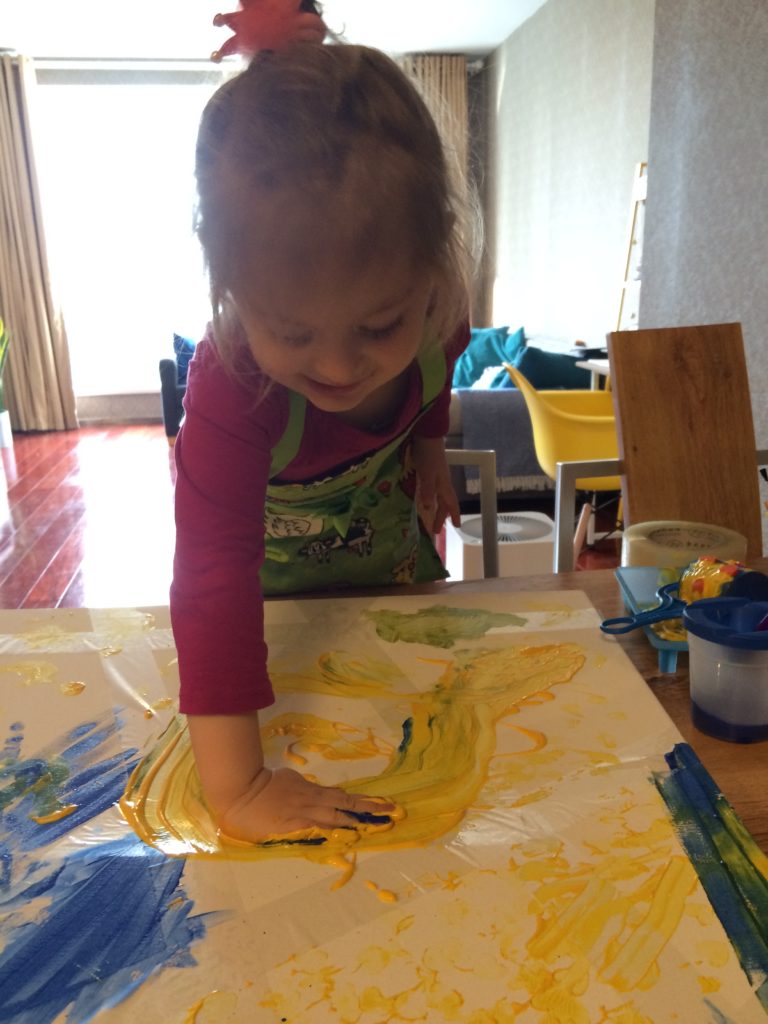

 Pauline van Hasselt has been working for beijingkids since October 2016. Born in Wassenaar, The Netherlands, she moved with her husband and her 3 year-old daughter to Beijing in June of this year. Prior she lived in the Netherlands, Belgium, Paraguay, Texas, and London, studying and working as a chef. Pauline enjoys biking around Beijing, finding markets and new restaurants, reading crime and fantasy books in bed, and most importantly, turning her house into a home for her family.
Pauline van Hasselt has been working for beijingkids since October 2016. Born in Wassenaar, The Netherlands, she moved with her husband and her 3 year-old daughter to Beijing in June of this year. Prior she lived in the Netherlands, Belgium, Paraguay, Texas, and London, studying and working as a chef. Pauline enjoys biking around Beijing, finding markets and new restaurants, reading crime and fantasy books in bed, and most importantly, turning her house into a home for her family.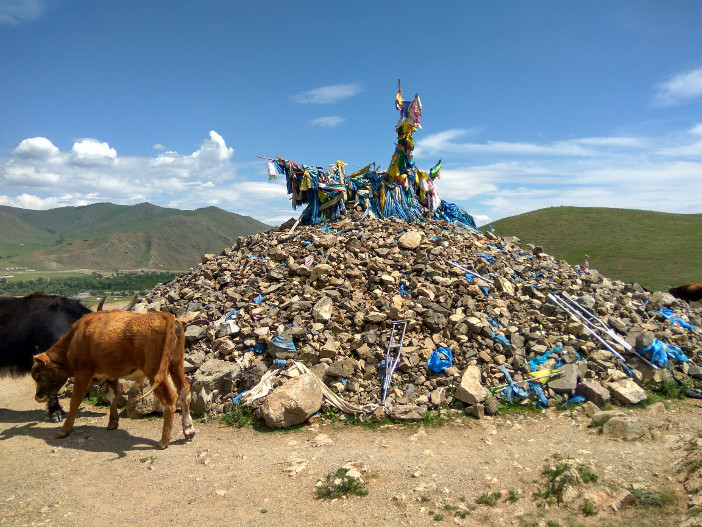
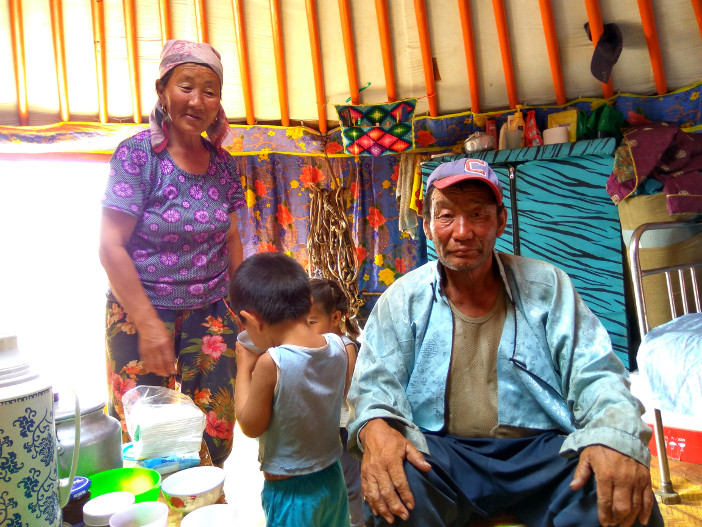
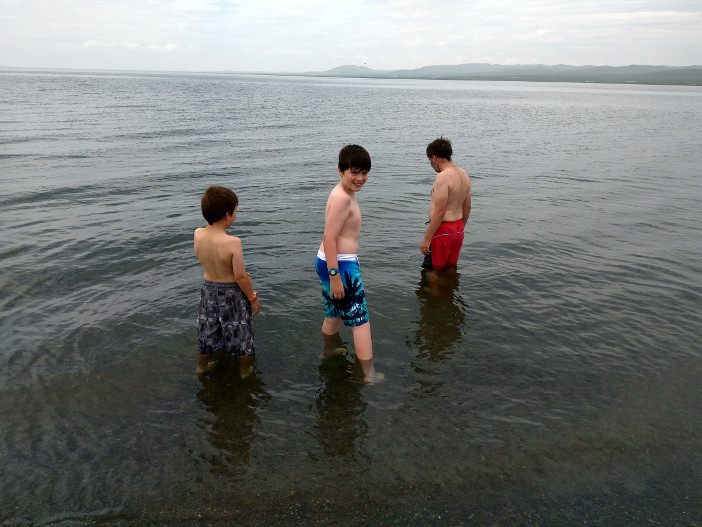
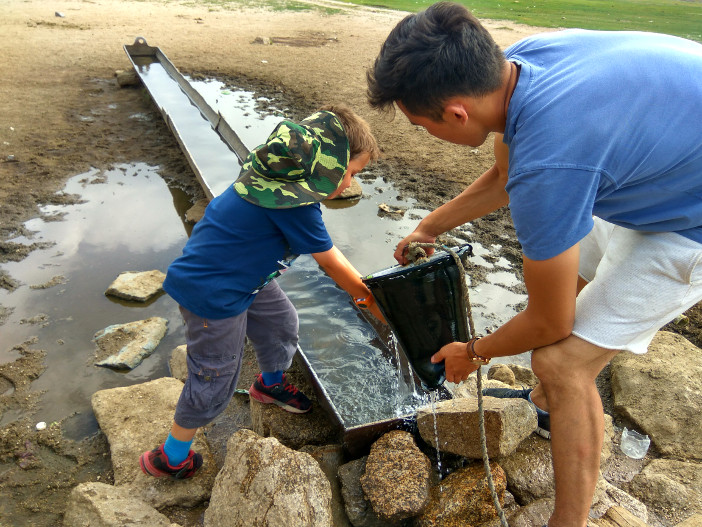
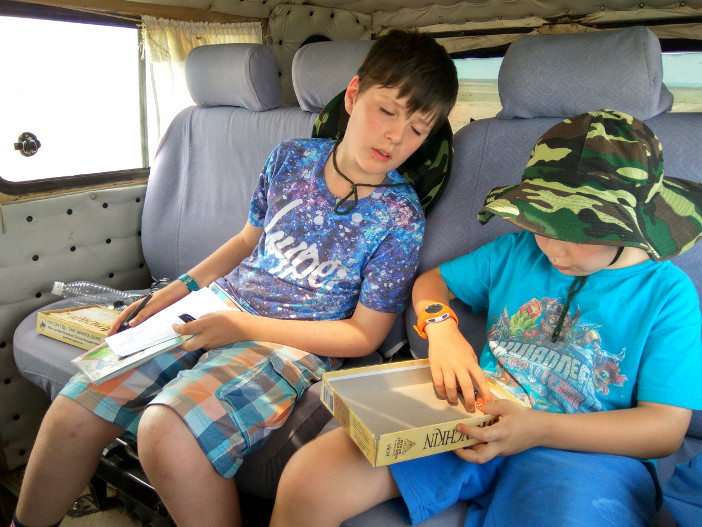
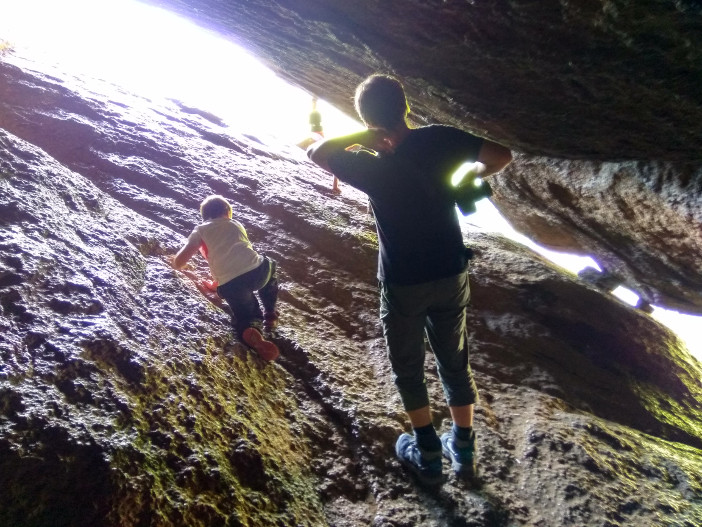
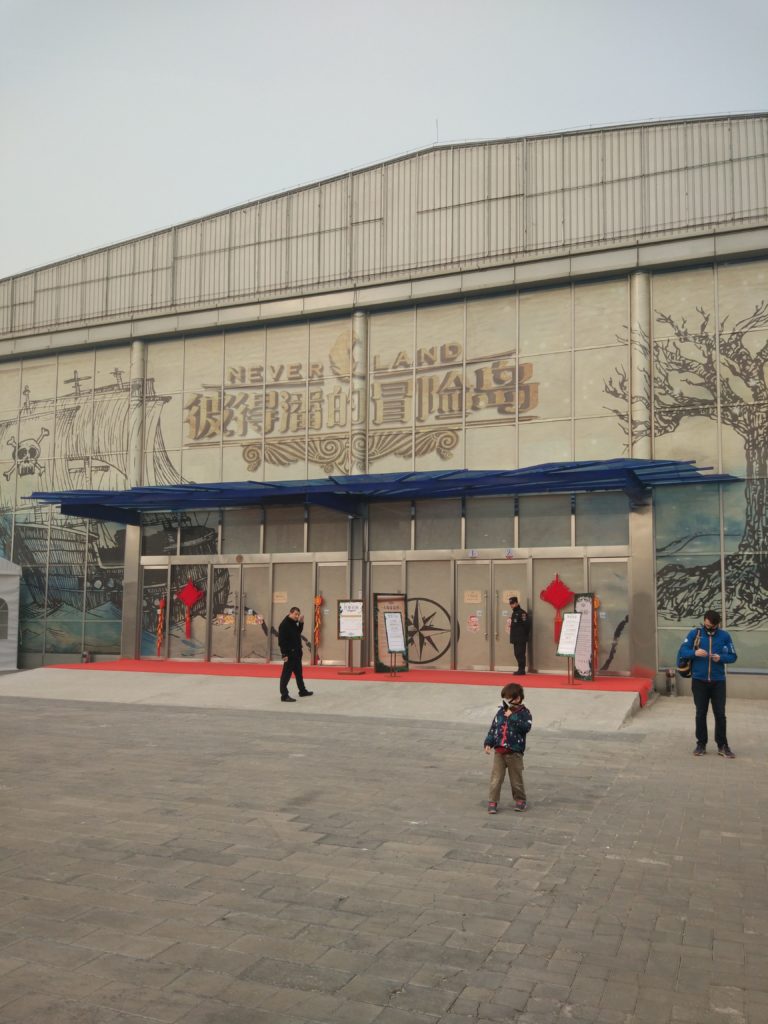
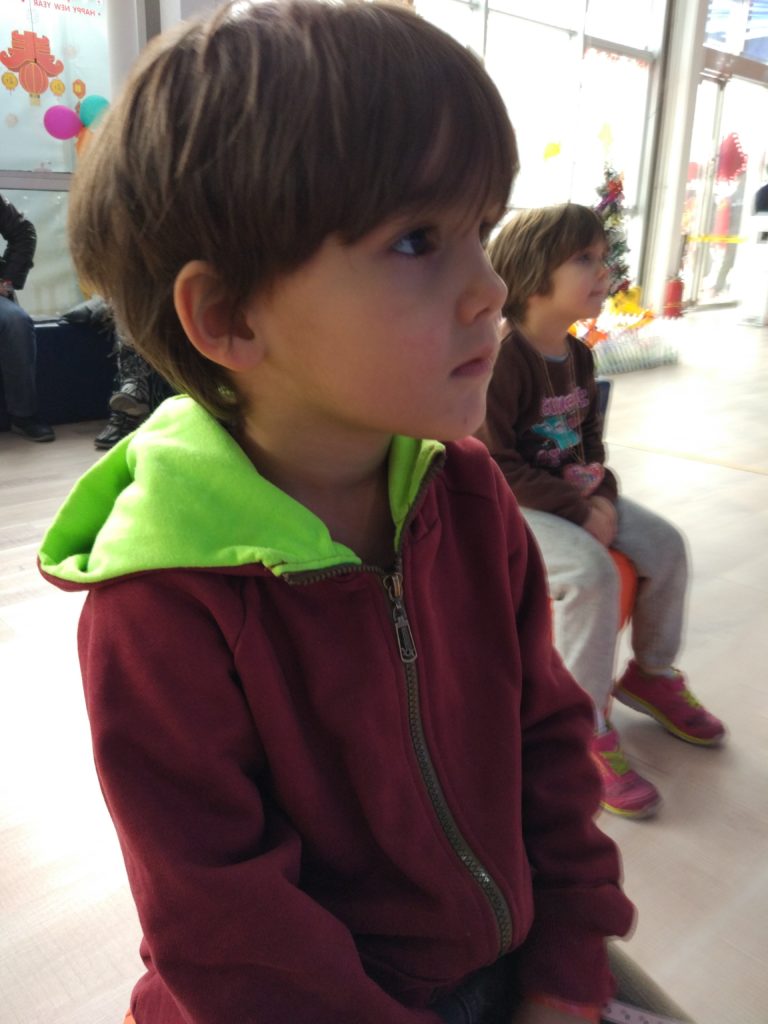
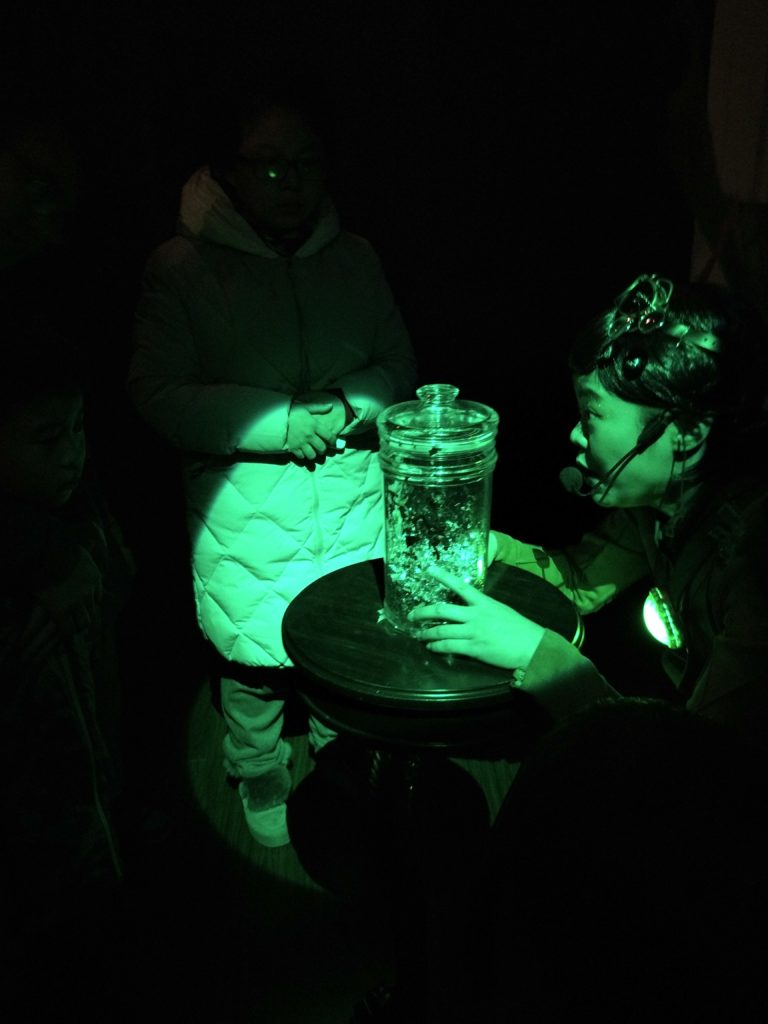
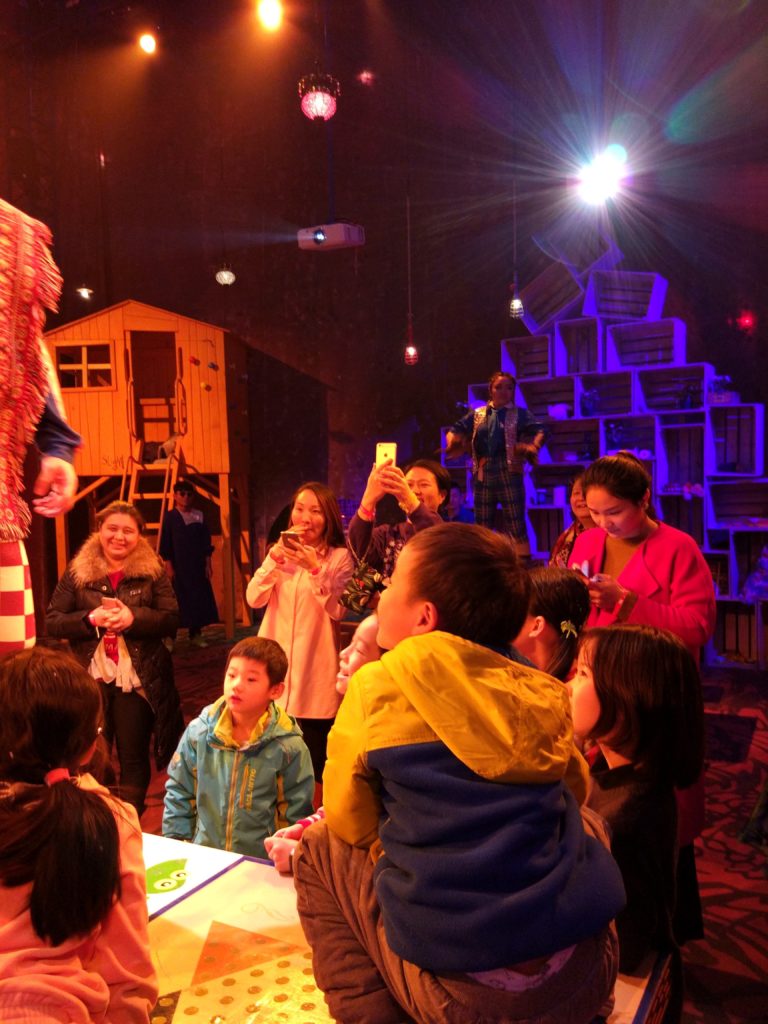
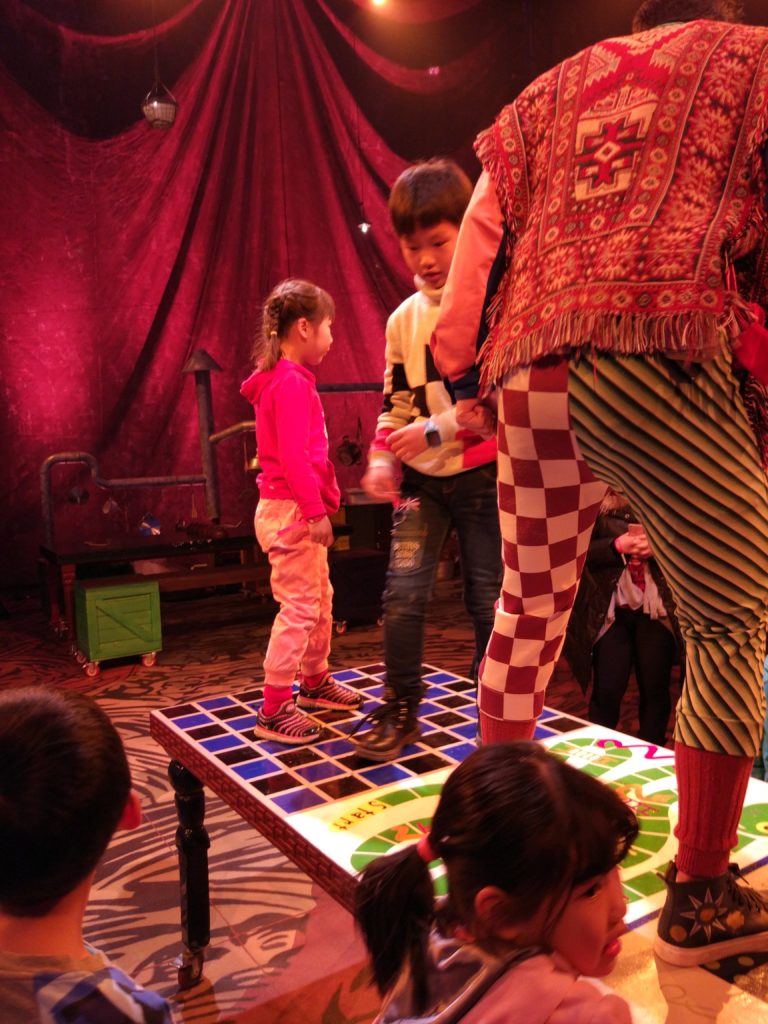
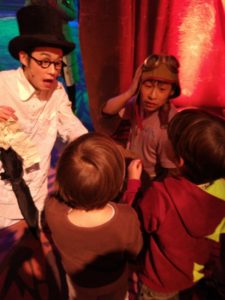
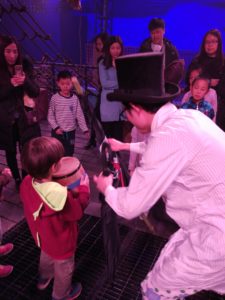
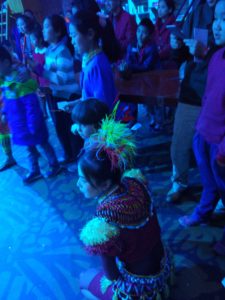

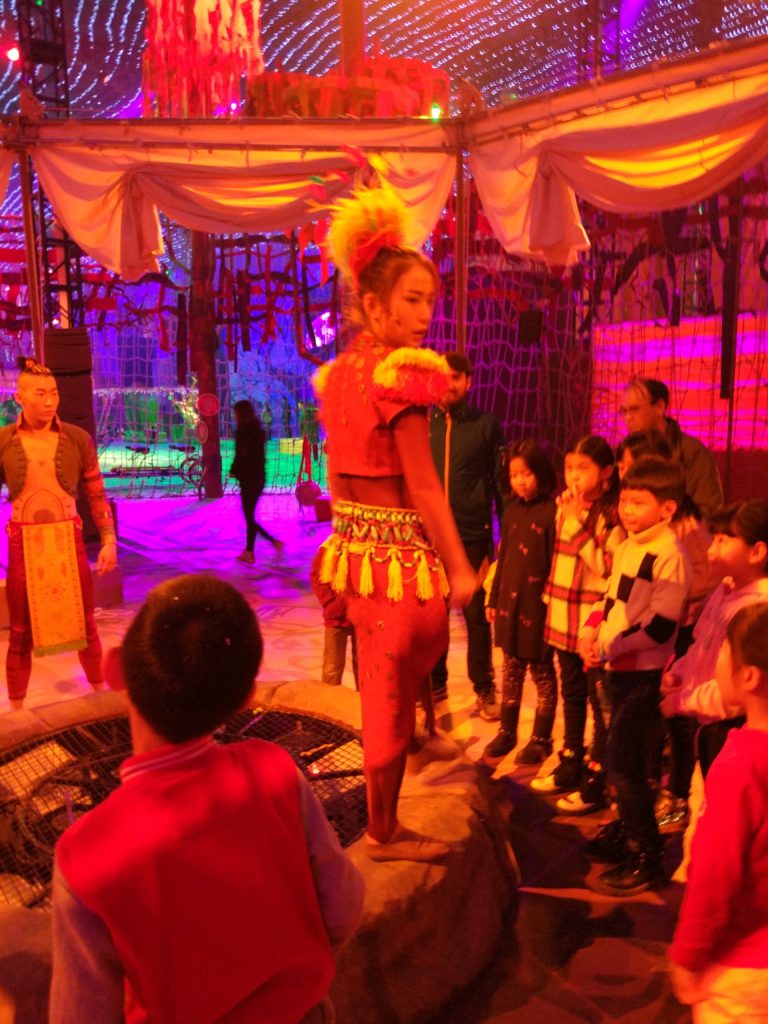

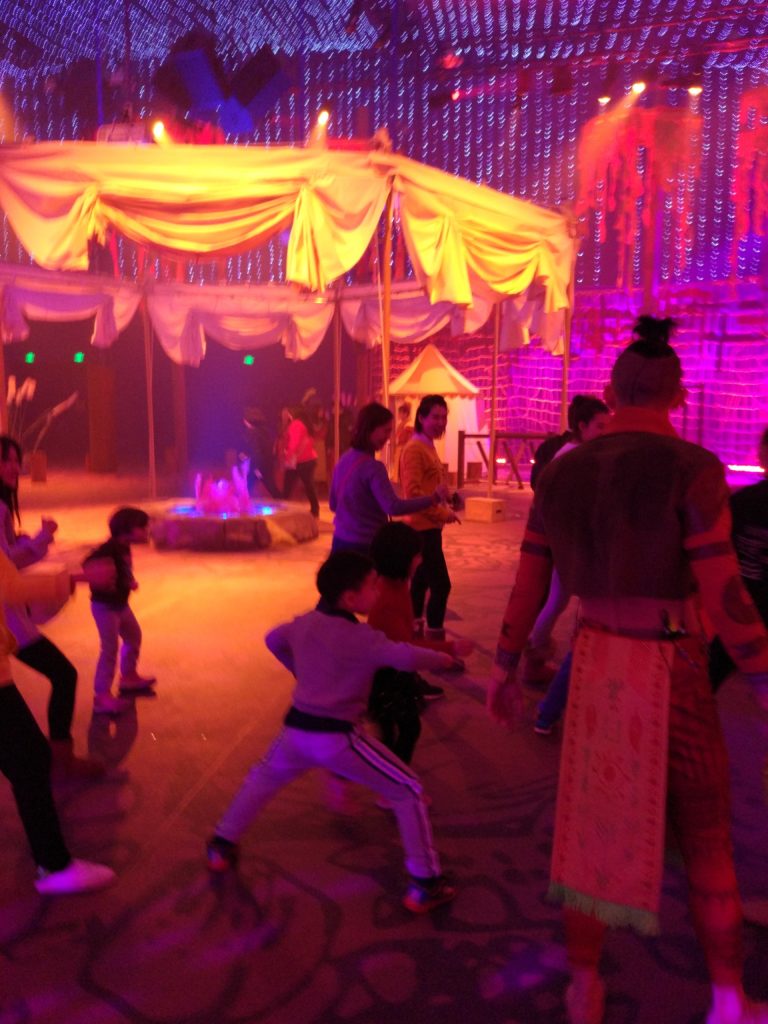

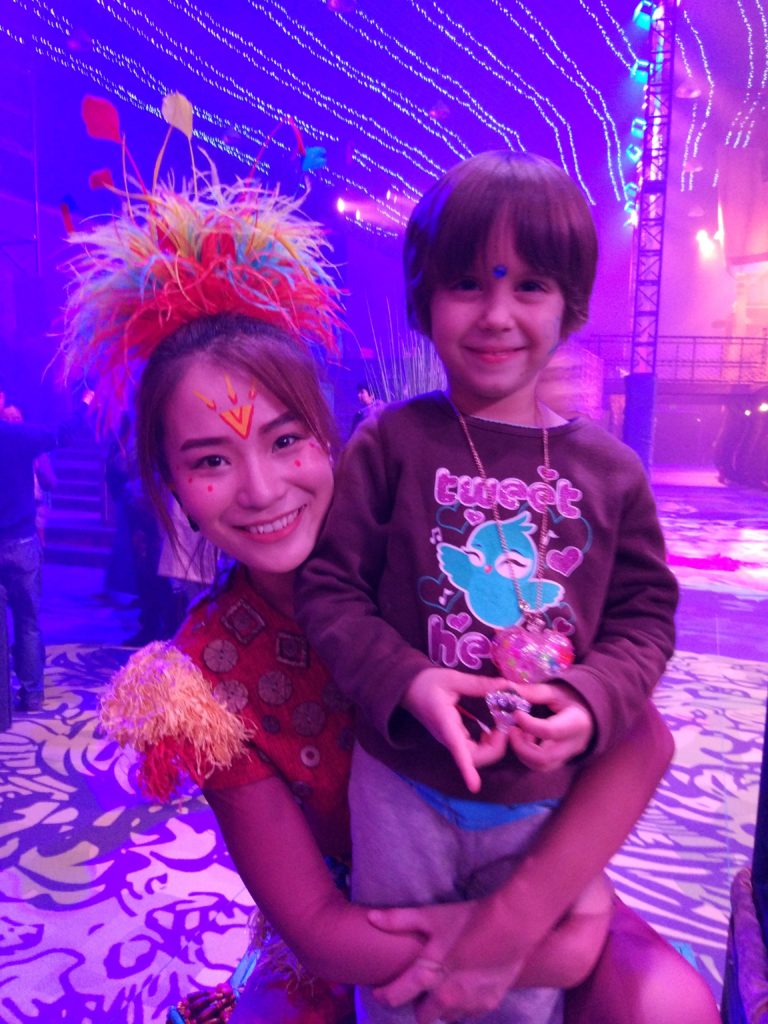
 The menu is short and sweet; my daughter enjoyed a salmon and cream cheese bagel while I had cappuccino and an everything bagel with cheese, bacon and egg. The bagels satisfied our hunger and the warm coffee hit the spot. I remember my daughter having one of those fun days when she was playing with a shadow on the floor and sat still on a chair and ate the bagel. We don’t have those days very often (usually she messes with our surroundings) so I enjoyed the moment I could sip my drink warm and chat with another adult, the shop owner. She had us try some flavored bagels, like ones with chocolate, orange and cinnamon, raisin.
The menu is short and sweet; my daughter enjoyed a salmon and cream cheese bagel while I had cappuccino and an everything bagel with cheese, bacon and egg. The bagels satisfied our hunger and the warm coffee hit the spot. I remember my daughter having one of those fun days when she was playing with a shadow on the floor and sat still on a chair and ate the bagel. We don’t have those days very often (usually she messes with our surroundings) so I enjoyed the moment I could sip my drink warm and chat with another adult, the shop owner. She had us try some flavored bagels, like ones with chocolate, orange and cinnamon, raisin. If you are around the neighborhood with one toddler who is having a good day, I would suggest to pop by
If you are around the neighborhood with one toddler who is having a good day, I would suggest to pop by 

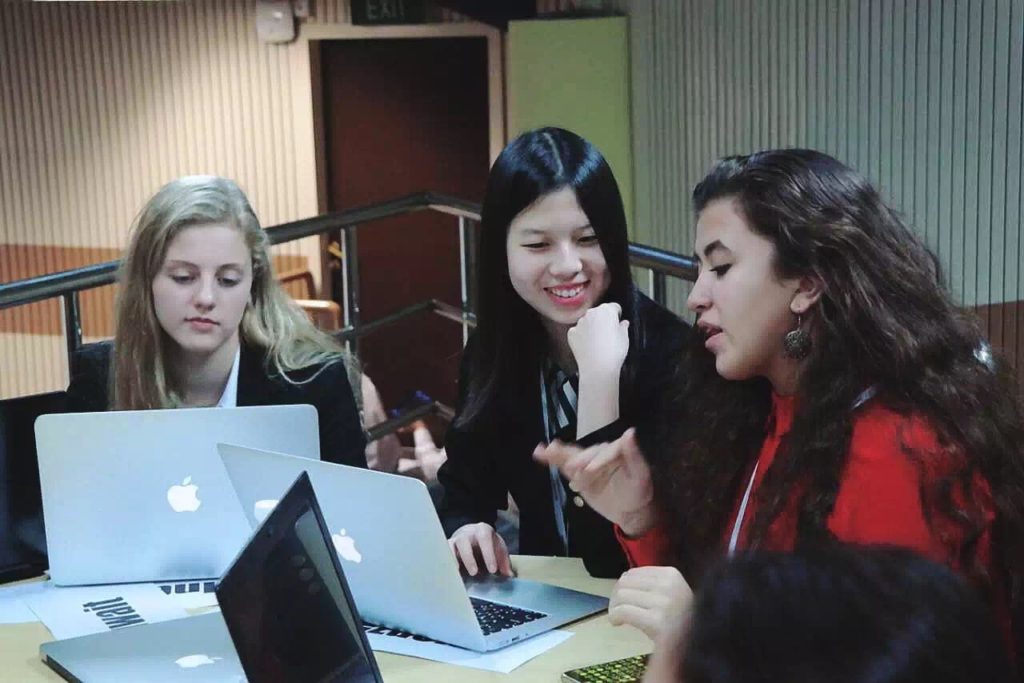
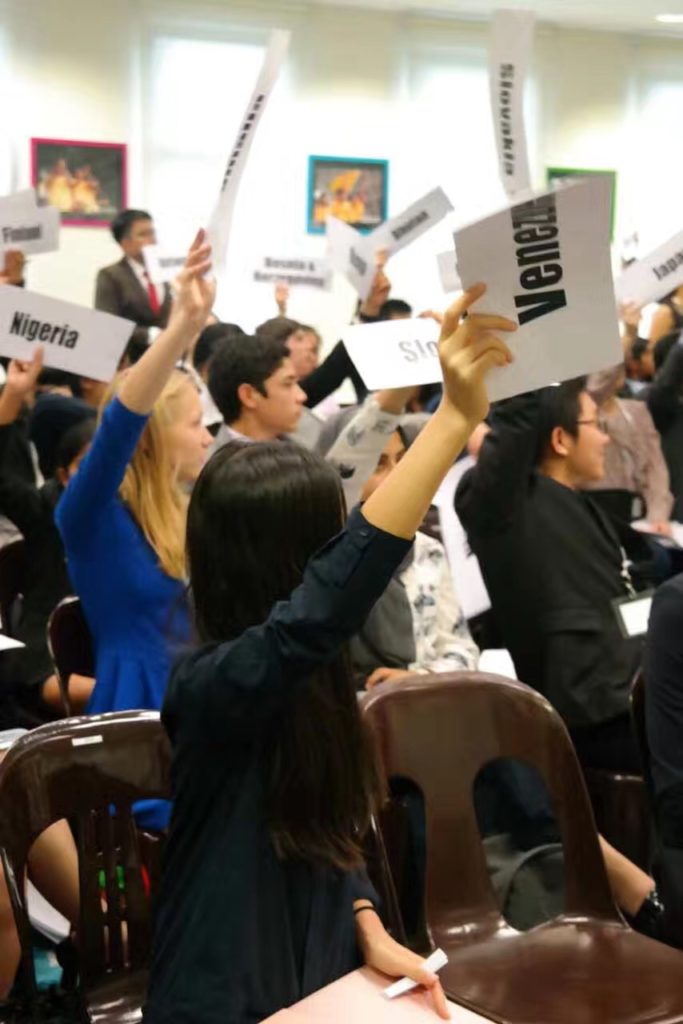
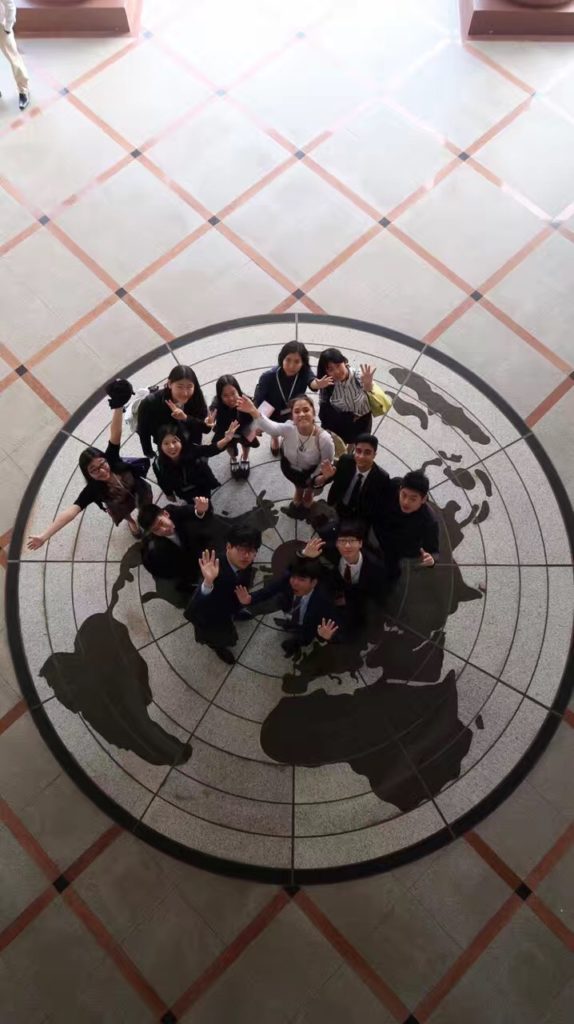

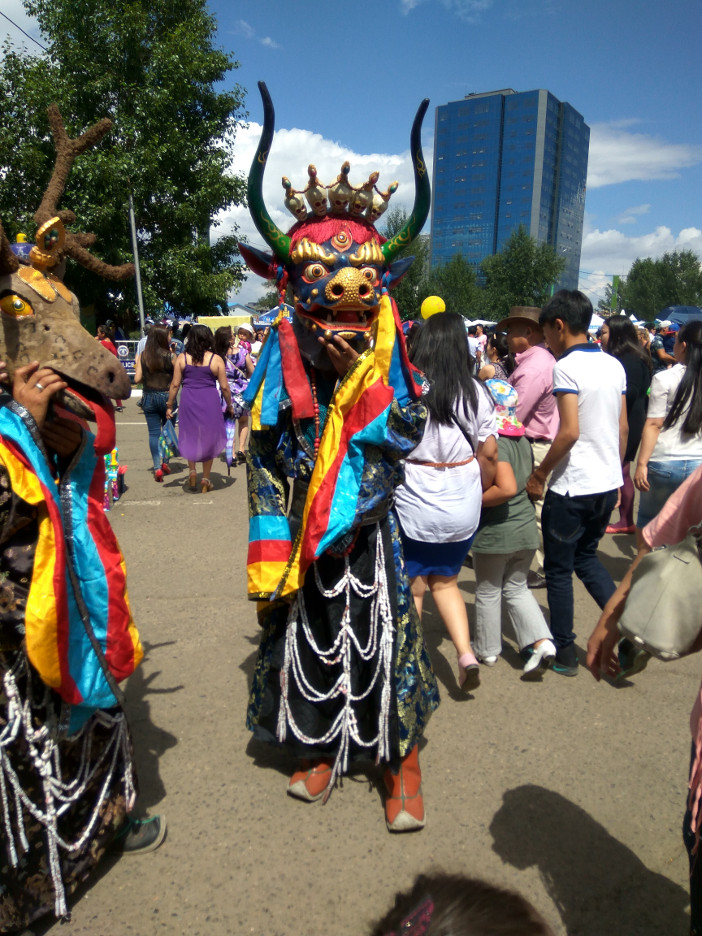
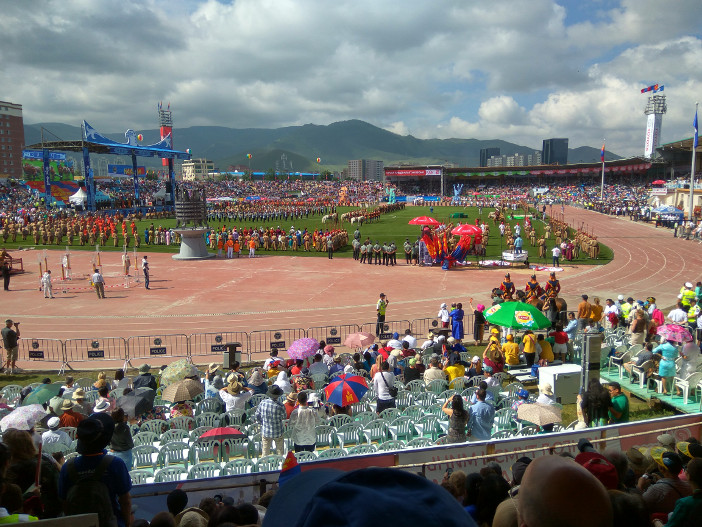
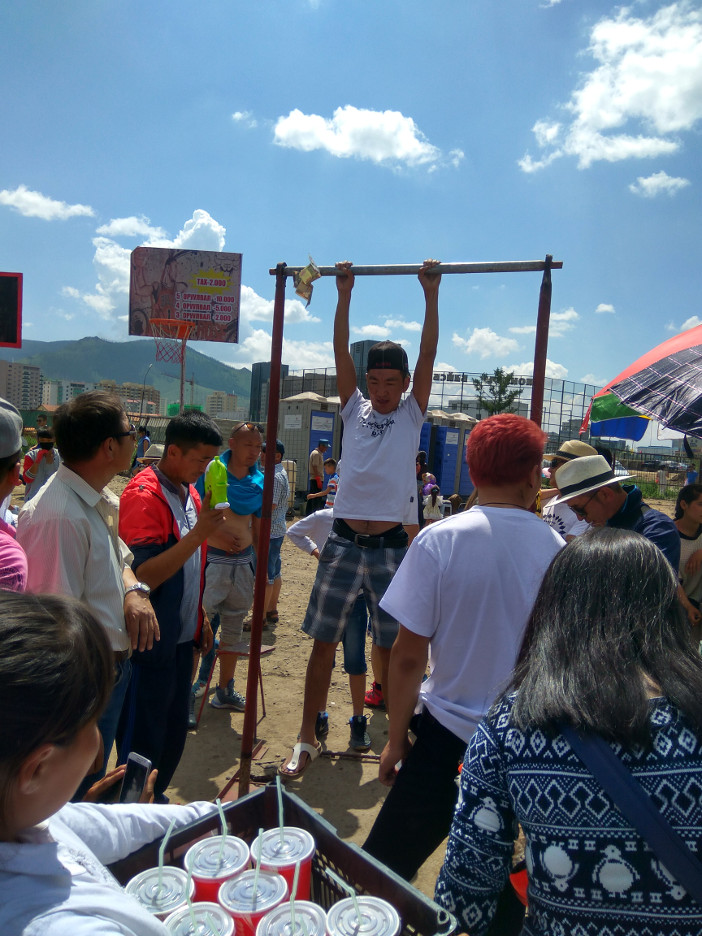
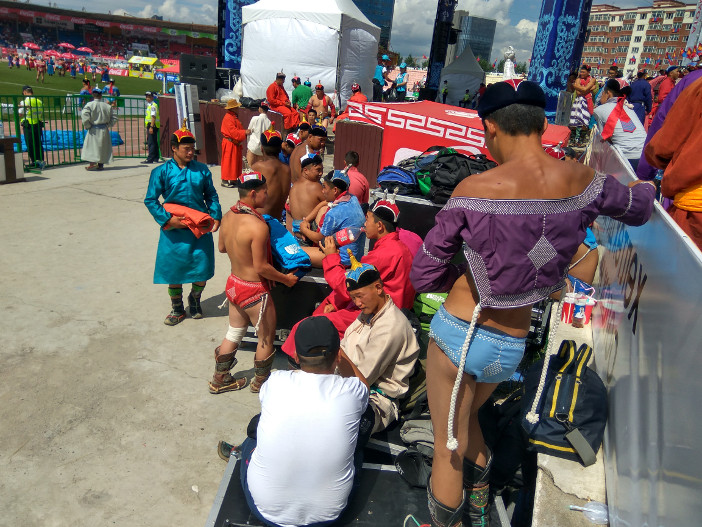
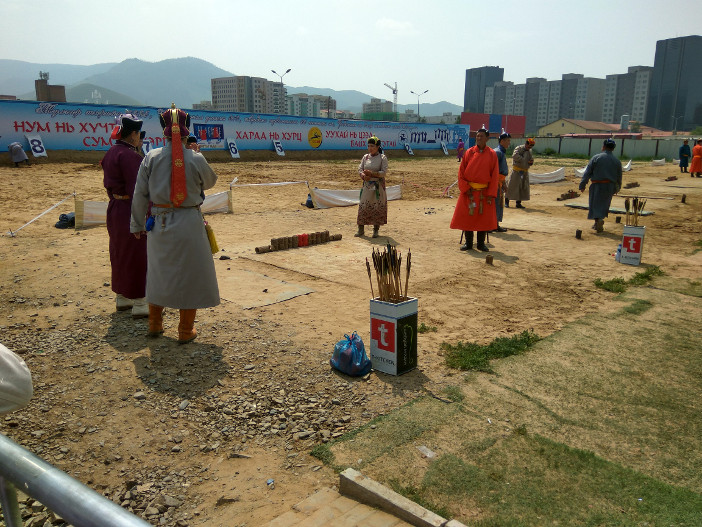

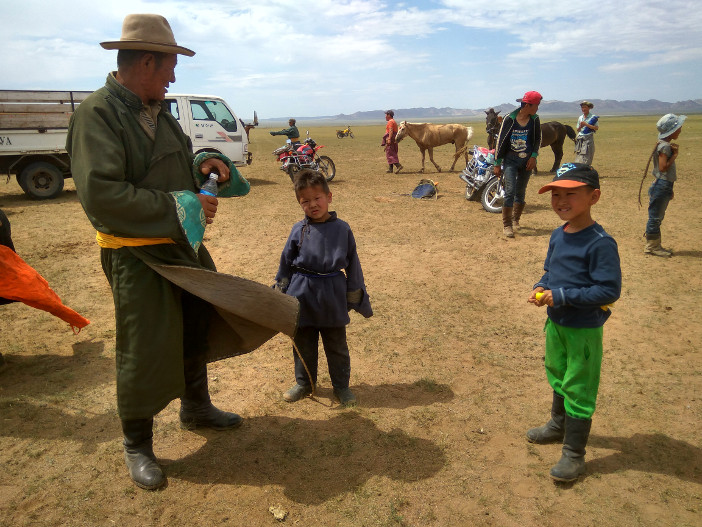

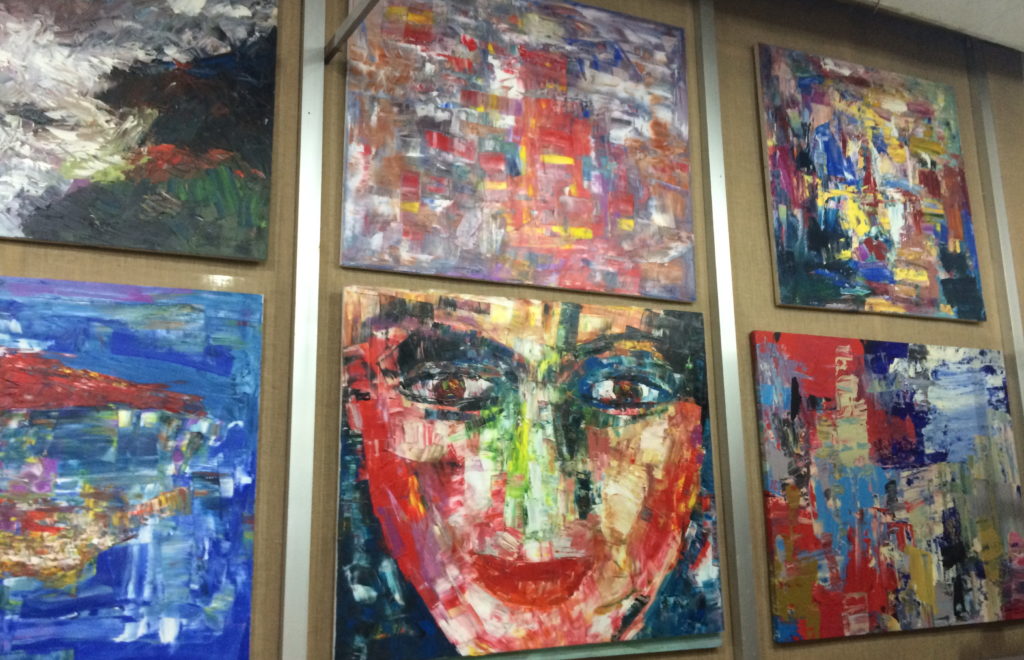 The second hall has potted plants, some fish in tanks and a bird, all looking happy and healthy. There’s a stand with potted salads and vegetables. This was cool, so I showed it to my daughter and explained where our food comes from. We found a stall with a guy who makes lamps. Just as I found a nice lamp for my desk, I tried my hand at bargaining. The guy wanted to sell the lamp for RMB 180, but after a few minutes of haggling we settled at RMB 120.
The second hall has potted plants, some fish in tanks and a bird, all looking happy and healthy. There’s a stand with potted salads and vegetables. This was cool, so I showed it to my daughter and explained where our food comes from. We found a stall with a guy who makes lamps. Just as I found a nice lamp for my desk, I tried my hand at bargaining. The guy wanted to sell the lamp for RMB 180, but after a few minutes of haggling we settled at RMB 120. On the hunt for more stuff we left the stroller downstairs and went to the second floor. This was like finding a cave of treasures filled to the brim with home wear. From tableware to slippers to candles, almost anything can be found here! My daughter and I had lots of fun roaming around and finding cute and funny things we did not need, but ended up buying anyway. My toddler kept me on my toes at all times with all the breakable nick knacks. I will definitely be back by myself to hunt for some serving platters.
On the hunt for more stuff we left the stroller downstairs and went to the second floor. This was like finding a cave of treasures filled to the brim with home wear. From tableware to slippers to candles, almost anything can be found here! My daughter and I had lots of fun roaming around and finding cute and funny things we did not need, but ended up buying anyway. My toddler kept me on my toes at all times with all the breakable nick knacks. I will definitely be back by myself to hunt for some serving platters.